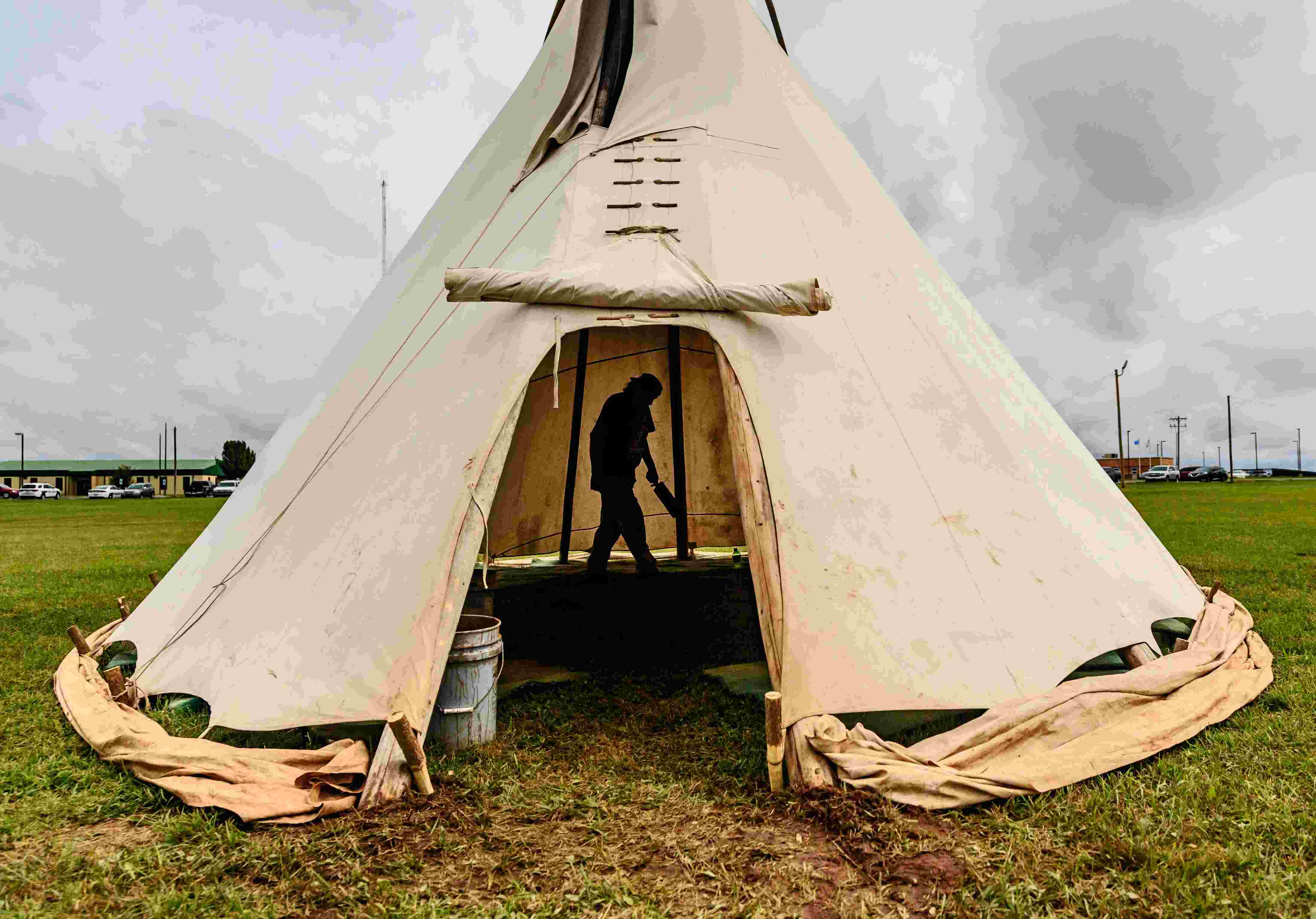
What is the Native American Church? The Native American Church is a religious movement that blends traditional Native American beliefs with Christian elements. Founded in the late 19th century, it centers around the sacramental use of peyote, a small cactus with psychoactive properties. Members believe peyote allows them to connect with the divine, gain spiritual insight, and heal both physically and mentally. The church emphasizes prayer, meditation, and community gatherings. Despite facing legal challenges, the Native American Church has grown significantly, with thousands of members across the United States and Canada. Its practices and teachings continue to play a vital role in preserving Native American culture and spirituality.
Origins of the Native American Church
The Native American Church (NAC) has a rich history rooted in indigenous traditions and spiritual practices. Here are some fascinating facts about its origins.
- The NAC began in the late 19th century, blending traditional Native American beliefs with Christian elements.
- It was formally established in 1918 in Oklahoma.
- The church's foundation is deeply connected to the use of peyote, a cactus with psychoactive properties.
- Peyote ceremonies have been practiced for thousands of years by various indigenous tribes in Mexico and the southwestern United States.
- The NAC's creation was partly a response to the U.S. government's suppression of Native American spiritual practices.
Beliefs and Practices
The NAC's beliefs and practices are unique, combining elements from different cultures and religions. Let's explore some key aspects.
- Members believe in a single, all-powerful creator known as the Great Spirit.
- The church emphasizes the importance of living a moral and ethical life.
- Peyote is considered a sacrament, used in ceremonies to connect with the divine.
- Ceremonies often include singing, drumming, and prayer.
- The NAC promotes healing, both physical and spiritual, through its rituals.
Legal Status and Controversies
The NAC has faced legal challenges and controversies over the years, particularly regarding the use of peyote. Here are some important facts.
- In 1978, the American Indian Religious Freedom Act was passed, protecting the religious rights of Native Americans, including the use of peyote.
- Despite this, legal battles continued, with some states attempting to ban peyote use.
- In 1994, the U.S. Congress passed an amendment specifically protecting the religious use of peyote by NAC members.
- The NAC has been involved in numerous court cases defending its right to use peyote.
- Some critics argue that the church's use of peyote should be restricted, citing concerns about drug abuse.
Cultural Impact and Influence
The NAC has had a significant impact on Native American culture and beyond. Here are some ways it has influenced society.
- The church has helped preserve and revitalize traditional Native American spiritual practices.
- It has fostered a sense of community and identity among its members.
- The NAC has influenced other religious and spiritual movements, including the New Age movement.
- Some Native American artists and musicians draw inspiration from NAC ceremonies and beliefs.
- The church has played a role in advocating for Native American rights and sovereignty.
Modern-Day Practices and Challenges
The NAC continues to evolve and face new challenges in the modern world. Here are some current facts about the church.
- The NAC has chapters across the United States and Canada, with thousands of members.
- Modern ceremonies often incorporate elements of contemporary culture, such as popular music.
- The church faces ongoing legal and political challenges, particularly regarding the use of peyote.
- Some members advocate for the sustainable harvesting of peyote to protect the cactus from overuse.
- The NAC continues to play a vital role in the spiritual lives of many Native Americans.
Notable Figures and Contributions
Several notable figures have played key roles in the history and development of the NAC. Here are some important contributors.
- Quanah Parker, a Comanche leader, is often credited with helping to spread the peyote religion among Native American tribes.
- John Wilson, a Caddo-Delaware religious leader, was instrumental in formalizing NAC ceremonies.
- Big Moon, a Cheyenne spiritual leader, played a significant role in the early development of the church.
- Frank Eagle, a modern NAC leader, has been a vocal advocate for the church's rights and practices.
- Many Native American artists, writers, and activists have drawn inspiration from the NAC's teachings and ceremonies.
The Heart of the Native American Church
The Native American Church stands as a testament to the resilience and spirituality of Indigenous cultures. Its practices blend ancient traditions with newer influences, creating a unique spiritual path. The use of peyote in ceremonies is central, offering profound spiritual experiences and healing. Despite facing legal challenges, the church has persevered, gaining recognition and protection under U.S. law.
Understanding the Native American Church means appreciating its role in preserving cultural heritage and fostering community. It’s not just about rituals; it’s about a deep connection to the earth, ancestors, and a higher power. This spiritual movement continues to thrive, offering guidance and solace to its members.
By learning about the Native American Church, we gain insight into a rich cultural tradition that emphasizes respect, spirituality, and community. It’s a reminder of the enduring strength and wisdom of Indigenous peoples.
Was this page helpful?
Our commitment to delivering trustworthy and engaging content is at the heart of what we do. Each fact on our site is contributed by real users like you, bringing a wealth of diverse insights and information. To ensure the highest standards of accuracy and reliability, our dedicated editors meticulously review each submission. This process guarantees that the facts we share are not only fascinating but also credible. Trust in our commitment to quality and authenticity as you explore and learn with us.


